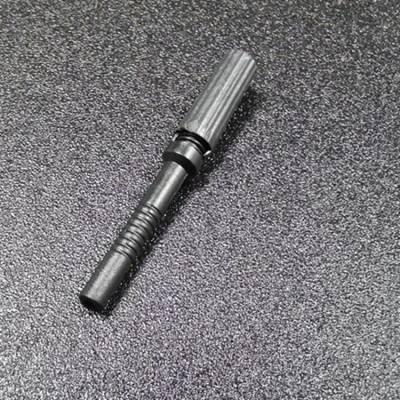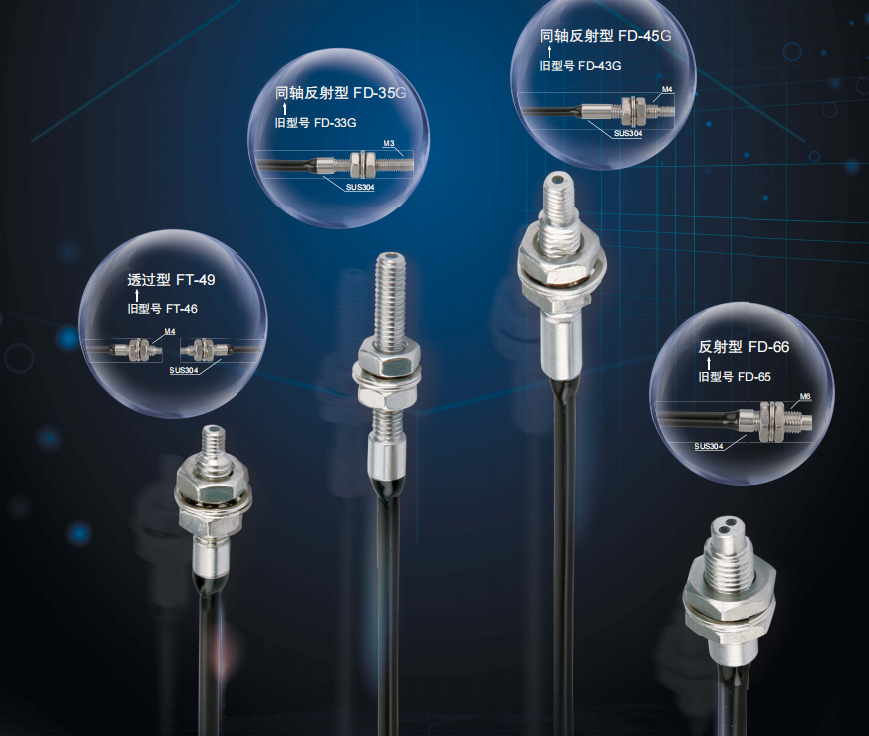



RIKO PRD-320-B1 (also called PRD320B1) is a professional industrial connector, designed for fiber optic sensors and optical fiber sensors. As a dedicated PRD-320-B1 connector, it features a waterproof design, ensuring stable performance in harsh industrial environments. It connects fiber-optic sensors reliably, supporting precise sensing tasks, and meets industrial application demands for durability and connectivity.
RIKO Fiber-optic sensor connector PRD-320-B1
The sensing fiber connector is a key component used to connect the fiber sensor to the transmission fiber or other optical components to ensure efficient and stable transmission of the optical signal. It plays a role in fast plugging and unplugging, precise alignment and mechanical protection in the fiber sensing system, and is widely used in industry, communication, medical and other fields.
Name: RIKO Fiber Optic Sensor Connector
Model: PRD-320-B1
Product Specifications:
Interface Type: Dedicated for fiber optic sensors
Protection Rating: Waterproof
Construction: Rugged industrial-grade housing ensures vibration and shock resistance
Features:
1. High Reliability:
Designed for harsh industrial environments, waterproof and dustproof.
2. Low Insertion Loss:
Optimized design ensures stable optical signal transmission and safeguards sensor accuracy.
3. Quick Connection:
Typically uses a threaded lock or snap-on design for easy on-site installation and maintenance.
4. Durability:
Made of high-quality materials, corrosion-resistant and long-lasting.
Purpose:
1. Serves as a key interface in fiber optic sensor systems, quickly and reliably connecting the fiber optic sensor head to the control amplifier or controller.
2. Protects the fiber endface from contamination and damage, maintaining a clear optical path.
3. Its waterproof properties ensure the sensor's operation in humid, washdown, or outdoor environments.
Applications
1. Smart Manufacturing:
Suitable for fiber optic sensors used for material positioning and counting on production lines. Its waterproof connector properties ensure stable connections in humid environments, ensuring smooth automated processes.
2. Industrial Equipment:
As a PRD-320-B1 connector, it can be integrated into packaging and assembly machines, ensuring reliable sensor signal transmission and meeting industrial connector standards.
3. Harsh Environments:
In automotive paint shops, food processing and cleaning areas, and other environments, its waterproof properties provide a stable connection for fiber optic sensing systems, supporting accurate sensing and safe operation.

